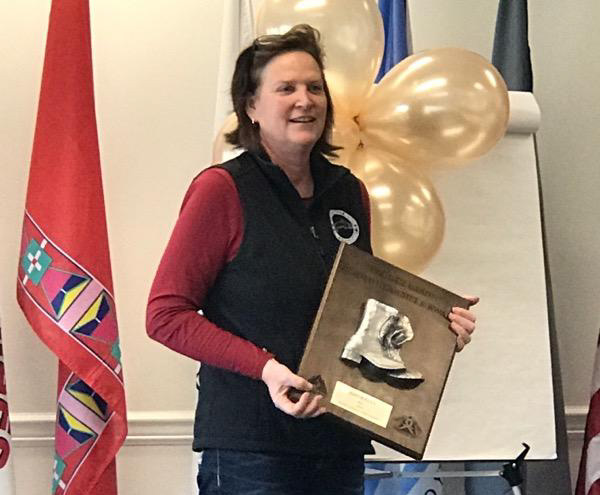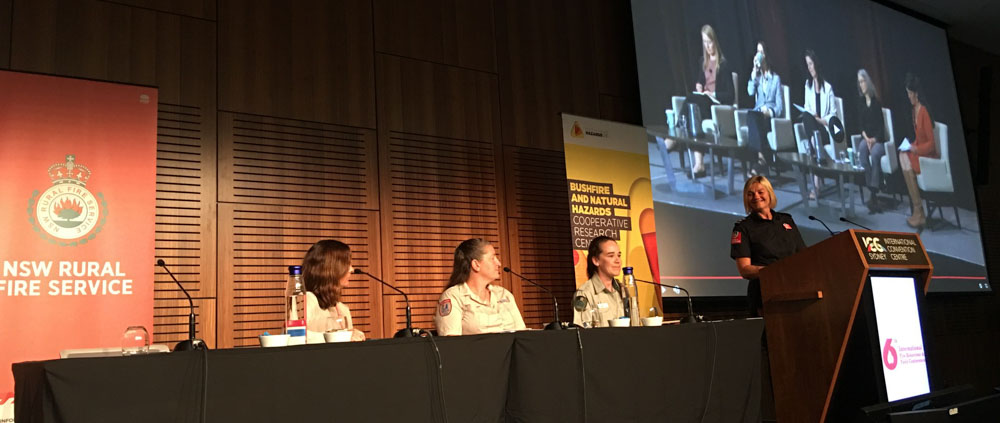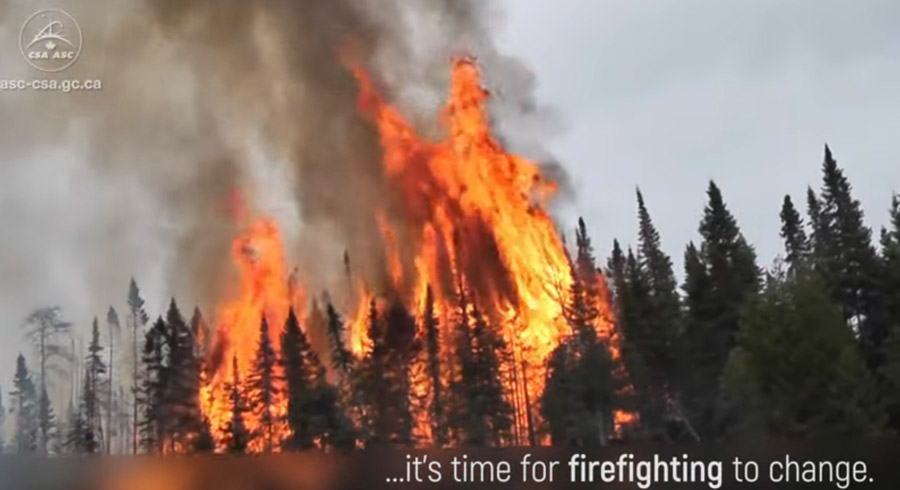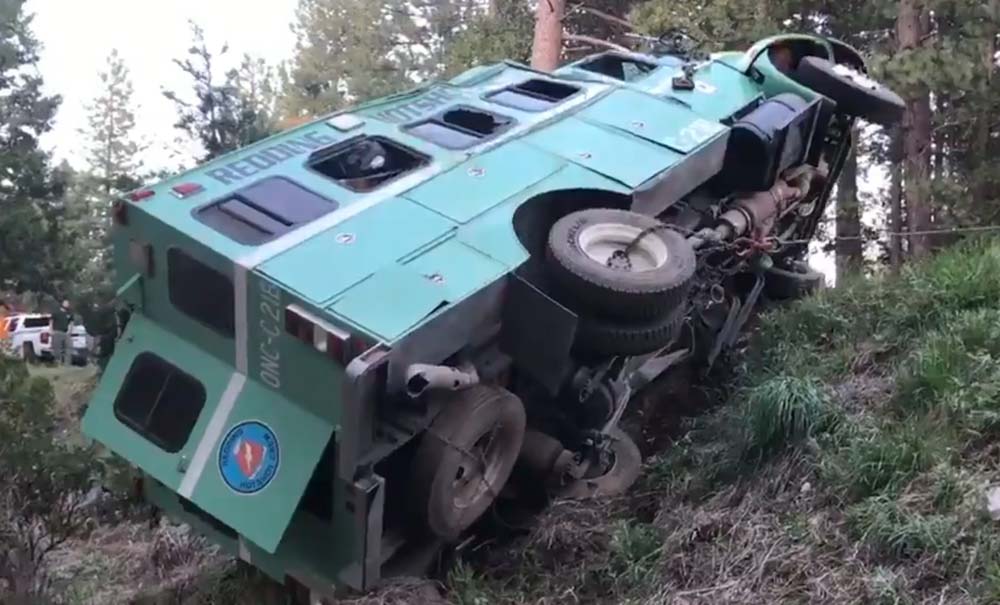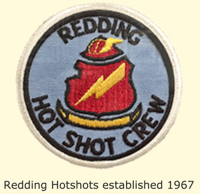For Throwback Thursday, we are revisiting an article I wrote October 11, 2013 shortly after finding out about the death of Ron Campbell. It was titled, “Ron Campbell, 1942 – 2013”.
We recently found out that a former U.S. Forest Service district Fire Management Officer and Superintendent of the El Cariso Hotshots passed away in April. Ron Campbell for the last 13 years had been dealing with a variety of medical issues, including cancer as well as heart and liver failures. He had been living in Redding, California and was 72 years old.
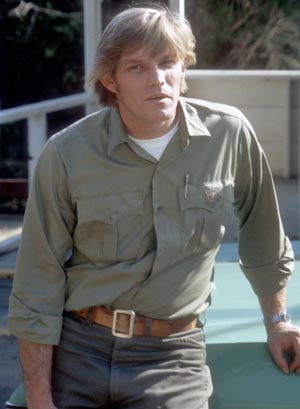
I worked for Ron on El Cariso for three years. He was by far the best supervisor I ever had. He became more than that — a friend.
This news comes a couple of weeks after we found out that the El Cariso Hot Shots have been disbanded, at least until next year — two blows that feel like a punch to the gut for those who knew Ron or worked on the crew.
He started with the U.S. Forest Service in 1961 as a firefighter on the Cleveland National Forest in Southern California. In 1963 he was promoted to Driver at Alpine working for Chuck Mills and later worked at Descanso. He was a smokejumper at Redding in 1964 for one summer then he worked in fire prevention and was station foreman at Japatul and Mt. Laguna on the Cleveland NF. He was Superintendent of the El Cariso Hot Shots from 1969 until 1975 when he transferred to the Shasta-Trinity National Forest in northern California as Assistant Fire Management Officer on the Yolla Bolly Ranger District. Two years later he transferred to the Sequoia as district Fire Management Officer at Kernville. In 1979 he left the USFS to work with his brother as a private contractor on slash removal and fuel modification projects.
Before I was on El Cariso I worked for one summer on the Mendocino National Forest in northern California running a chain saw on a timber stand improvement (TSI) crew, thinning young Douglas Fir stands. I went to “fire school”, got a Red Card, and worked on three small fires that summer. I decided that fighting fire was more fun than thinning trees and in 1970 got a job on El Cariso with the help of a USFS college student summer work program through my school, Mississippi State University.
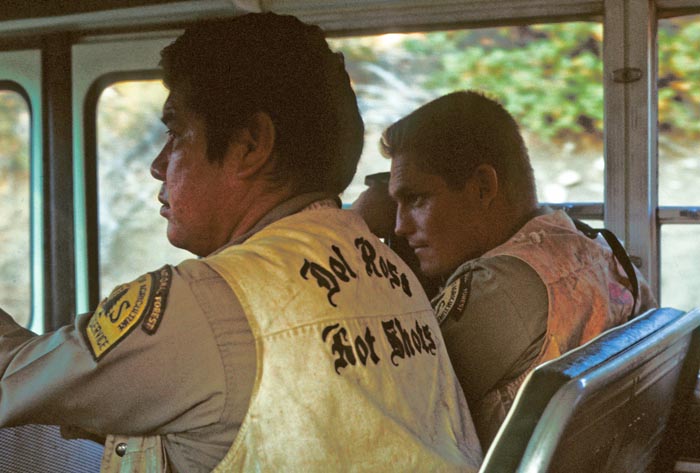
Ron was skeptical of me at first, since I got the job through a non-traditional method. He pushed me harder, I thought, than most of the others on the crew, but maybe everyone thought the same thing about themselves. Eventually he came around to the fact that I had chain saw experience and made me a sawyer on the crew. One of my fellow firefighters thought I was stupid for disclosing that I knew how to run a chain saw, saying it was the hardest job. I was shocked the next year when I became one of the crew foremen.
Ron was able to see things in people, tap into their strengths, and help them develop their potential. We did a great deal of training on the crew, more than most wildland firefighters did in the 1970s. He knew how to inspire people and challenged us to become students of fire.
I asked Charlie Phenix what he remembered about Ron:
I was on the El Cariso crew 1969-1970 and Ron was the Superintendent. The crew was 30 men and most were new. I remember him as bigger than life, but I was just 19. From the beginning he was very stern but fair, I never ran so many PT miles in my life. He had a bent broken finger and when he pointed at us it was kind of funny. This was only 3 years after the Loop Fire so safety was a priority. He saw things in me I didn’t know I had, and in 1970 I became a crew leader (we split crew into 2-15 man teams). For a newby it gave me the foundation of Wildland firefighting I carried for my 38 year career. I still occasionally think of him and the positive impact he had on my life.
Hal Mortier also has memories of his time on the crew:
Ron Campbell was my first supervisor in the Forest Service and a memorable one at that. He was a no-nonsense leader with very high standards and expectations on the job…yet a lot of fun and a friend off the job. Ron was a shaker and a mover as evidenced by his rapid assent through the ranks. I am certain I modeled some of my leadership style and qualities after Ron, a true pleasure to work with and for!
And from Rick Bondar:
He was a tough, smart, ballsy, son of a bitch, who scared the hell out of me my first year and whom I respected and was almost friends with my last 2-3 years on the crew. We would have followed him anywhere & DID.

